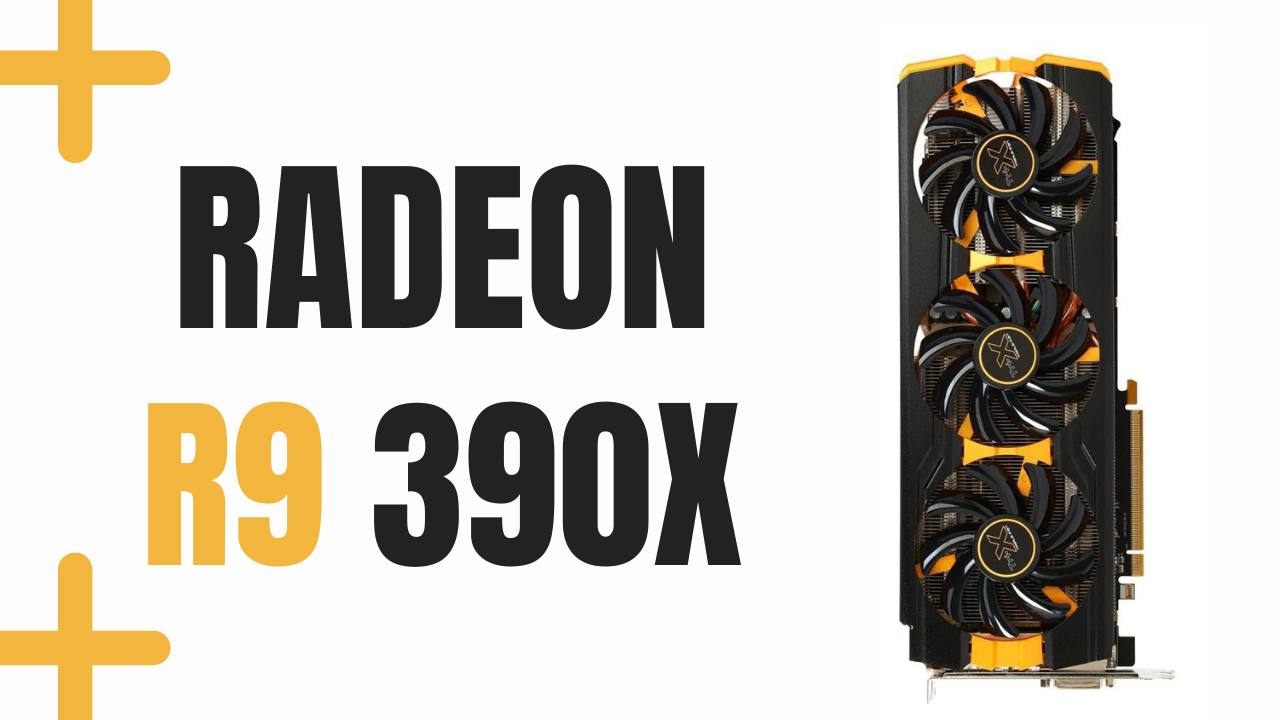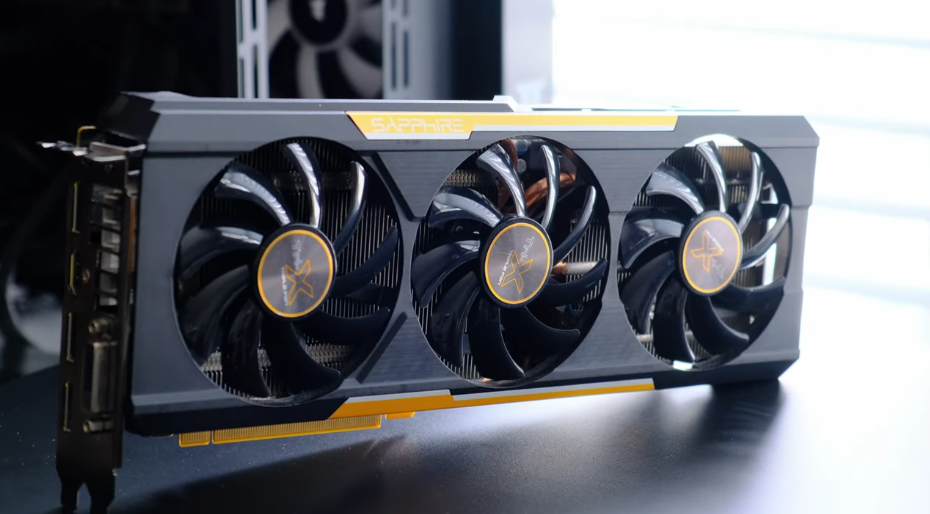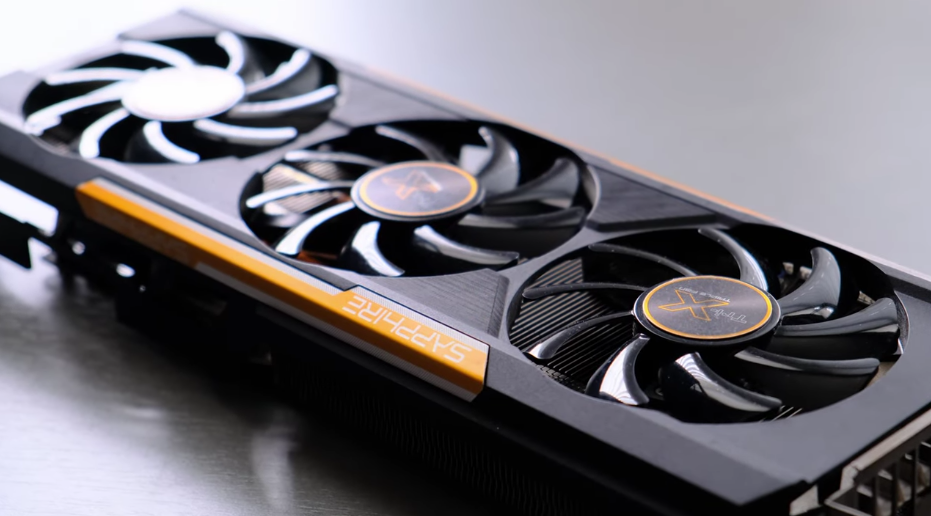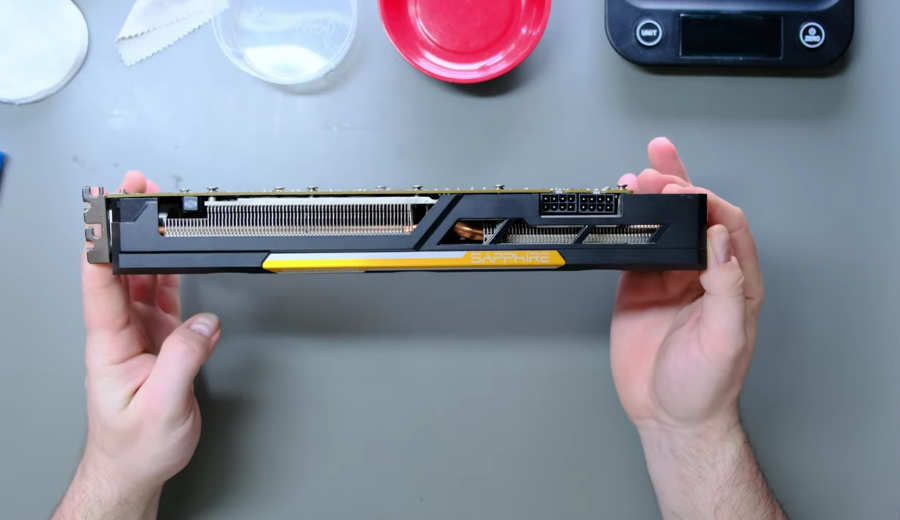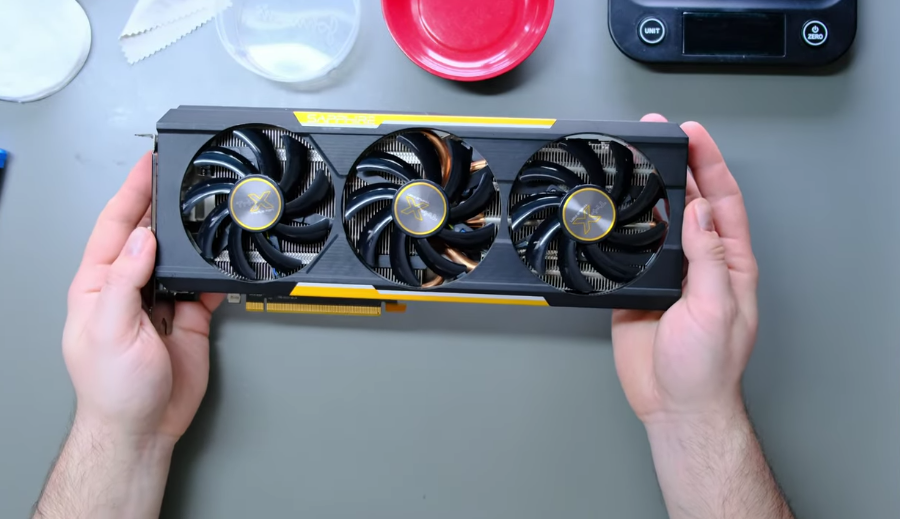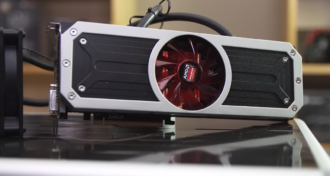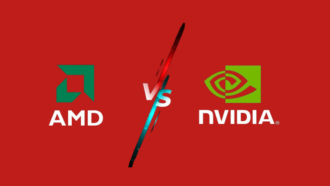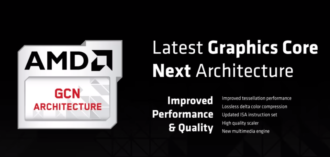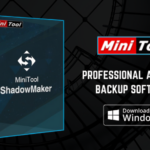Introducing the Powerhouse Radeon R9 390X Review
In short
- Radeon R9 390X contains 8GB GDDR5 visual memory and 2816 stream processors on a 512-bit interface. This powerful combo enables the card to render 1080p and 1440p games well.
- Radeon R9 390X supports AMD’s Mantle API for low-level GPU access to optimise gameplay. AMD FreeSync syncs the monitor’s refresh rate with the graphics card’s frame output for tear-free gaming.
- The Radeon R9 390X overclocks well. AMD’s WattMan or third-party programmes can overclock performance over factory defaults.
Radeon R9 390X offers cutting-edge technology and powerful performance in the dynamic graphics card market. AMD released the Radeon R9 390X, part of the R9 family, which delivers high-quality visuals for gaming and professional applications. This article will examine the Radeon R9 390X’s architecture, features, performance benchmarks, and position in the graphics card market.
Radeon R9 390X Specs
| Specification | Details |
| GPU | Graphics Core Next (GCN) architecture |
| Stream Processors | 2816 |
| Texture Units | 176 |
| Manufacturing Process | 28nm |
| Memory Type | GDDR5 |
| Memory Size | 8GB |
| Memory Interface | 512-bit |
| Memory Clock | Varies by manufacturer, typically around 1500 MHz |
| Base Clock | Varies by manufacturer, typically around 1050 MHz |
| Boost Clock | Varies by manufacturer, typically around 1100 MHz |
| Performance Level | High-end |
| Resolution Support | Up to 4K |
| DirectX Support | DirectX 12 |
What is in the box?
- Radeon R9 390X is the box’s main piece.
- Installation, setup, and basic troubleshooting are covered in a user handbook or quick start guide.
- Most manufacturers supply a CD with graphics card drivers and applications.
- The box may have power connections depending on the model.
- Manufacturers may include adapters or cables.
- Some manufacturers provide graphics card-branded stickers or case badges for computer cases.
- Warranty and customer support information are sometimes given.
Architecture and Details
The Radeon R9 390X’s Graphics Core Next (GCN) architecture shows AMD’s dedication to graphics processor innovation. With 2816 stream processors and 176 texture units, the 390X can handle current gaming and multimedia development. GPUs use 28nm technology to balance power economy and performance. The 8GB GDDR5 video memory with a 512-bit memory interface provides enough bandwidth for graphics-intensive operations. The card’s performance depends on base and boost clock speeds. The Radeon R9 390X can handle resource-intensive applications with its base clock speed of 1050 MHz and boost frequency of 1100 MHz.
The Radeon R9 390X has DisplayPort 1.2, HDMI 1.4a, and Dual-Link DVI-D outputs. Multiple display compatibility and AMD’s Eyefinity technology enable massive multi-monitor configurations for immersive gaming and productivity.
Cooling and Design
Performance depends on cooling, and the Radeon R9 390X shines in this area. Many third-party manufacturers have created custom 390X coolers with innovative cooling methods to efficiently dissipate heat during lengthy gaming sessions or resource-intensive applications. A dual-slot cooler with a huge centre fan dissipates GPU heat in the standard design. Aftermarket cooling systems like ASUS, MSI, and Sapphire commonly employ two or triple-fan sets, heat pipes, and upgraded heatsinks to cut temperatures and noise.
Benchmarking performance
Various real-world events are the actual test of a graphics card. The Radeon R9 390X excels at gaming. The 390X runs popular games at 1080p and 1440p with smooth frame rates in benchmarks. “The Witcher 3,” “Battlefield 4,” and “Grand Theft Auto V” run well, demonstrating the card’s capacity to handle high-quality graphics, sophisticated shaders, and intensive rendering tasks. However, the 2015 390X may struggle to play AAA games at ultra-high settings and 4K resolutions. It still works well in many situations, but customers wanting the best graphics card quality may want to upgrade.
Radeon R9 390X Feature Highlights
The Radeon R9 390X has several user-friendly features. Low-level GPU access via AMD’s Mantle API optimises performance and reduces CPU overhead in compatible titles. In CPU-bound games, this can enhance frame rates and smoothness. AMD FreeSync synchronises the monitor’s refresh rate with the graphics card’s frame output for tear-free gaming. This function avoids screen tearing without V-Sync input latency. The 390X supports DirectX 12, Microsoft’s newest graphics API, improving speed, efficiency, and visual accuracy. The Radeon R9 390X continues to provide an ideal gaming experience as game developers implement DirectX 12.
Landscape of Competition
AMD and NVIDIA were competing for graphics card domination when the Radeon R9 390X hit the market. The 390X competed with NVIDIA’s GTX 970 and 980 at launch. The 390X held its own against these NVIDIA rivals, but newer updates from both firms have made it obsolete. NVIDIA’s Pascal and Turing architectures, including the GTX 10 and RTX 20 series, improved performance, power efficiency, and ray tracing. Despite its good performance, the Radeon R9 390X may not be able to match the power and features of newer graphics cards. However, its second-hand price appeals to budget-conscious gamers seeking a mix between performance and cost.
Radeon R9 390X Possible Overclocking
Overclocking the Radeon R9 390X lets consumers get more performance than factory settings. Third-party cooling solutions and the GPU’s design enable reliable overclocks that boost performance. Overclockers can use AMD’s WattMan or MSI Afterburner to adjust clock speeds, voltage, and fan curves. Overclocking is dangerous, thus users should check temperatures and stability.
Note: Radeon R9 390X used an outdated GCN architecture. Although powerful, it lacks the advances of AMD’s RDNA or NVIDIA’s Turing and Ampere GPU designs Since the Radeon R9 390X, graphics cards have improved in performance, efficiency, and functionality. The 390X may lack the power and technology of modern GPUs.
| PROS | CONS |
| The Radeon R9 390X performs well at 1080p and 1440p. Modern games and graphics-intensive apps run smoothly on it. | Its 275-watt power consumption makes the Radeon R9 390X notable. This increases heat output, requiring powerful cooling. Third-party manufacturers offer specialised cooling, however power supply capacity may be an issue. |
| The 390X has 8GB of GDDR5 video memory on a 512-bit memory interface for high-resolution textures and sophisticated graphics. This helps with high-resolution gaming and content development. | The 390X thrives at 1080p and 1440p, but its 4K performance may disappoint gamers seeking ultra-high graphical quality. Modern graphics cards with superior architectures may outperform the 390X. |
| AMD FreeSync reduces screen tearing, improving gameplay. Support for AMD Mantle API and DirectX 12 boosts game performance. | The Radeon R9 390X predates ray tracing, which is now common in graphics cards. Ray tracing for graphics realism may require newer GPU models. |
| As a little older model, the Radeon R9 390X is typically cheaper secondhand. Users wanting respectable performance without breaking the bank would like it. | |
| The Radeon R9 390X overclocks well. This allows enthusiasts to customise performance beyond factory settings. |
Should I buy Radeon R9 390X?
Pro-Buying Considerations
- The Radeon R9 390X is cheaper on the used market. The 390X may be a good choice for a budget-conscious graphics card with decent performance.
- Many games run well on the Radeon R9 390X at 1080p or 1440p. It may handle simpler or older games.
- Since the Radeon R9 390X is not a current-generation card, it may be offered secondhand or from select merchants, making it a good alternative for limited users.
Reasons Not to Buy
- Due to its high power consumption, the Radeon R9 390X produces more heat. Make sure your power supply unit and system cooling can handle it.
- Radeon R9 390X has an outdated GCN architecture that lacks efficiency and feature enhancements. It may perform poorly in newer games and apps.
- For 4K gaming or ray tracing, the Radeon R9 390X may not be the best choice. Newer graphics cards with superior architectures meet these criteria.
- Since the Radeon R9 390X, graphics cards have advanced in performance, energy efficiency, and functionality. A more current and efficient GPU may offer superior long-term value, depending on your budget.
Conclusion
The Radeon R9 390X is a milestone in graphics card technology, demonstrating AMD’s ability to provide a powerful and affordable GPU for a wide variety of consumers. For budget-conscious gamers and hardware enthusiasts, the Radeon R9 390X provides a compelling mix of performance, features, and cost.
Frequently Asked Questions
What is the Graphics Core Next (GCN) architecture?
AMD’s GPU architecture, Graphics Core Next (GCN), delivers high-performance graphics and parallel computation. The Radeon R9 390X and other AMD GPUs use it.
Will Radeon R9 390X support 4K gaming?
The Radeon R9 390X can handle 4K gaming, although it may struggle with higher-resolution games. Users may require more powerful and latest graphics cards for 4K gaming.
Does Radeon R9 390X support DX12?
The Radeon R9 390X supports DirectX 12, Microsoft’s newest graphics API. DirectX 12 boosts game and app speed, efficiency, and graphic quality.

